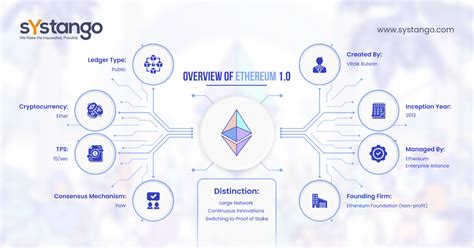وبلاگ
Ethereum: Where are transactions to be confirmed stored?
Ethereum: Understanding where transactions are stored during confirmation
When a Bitcoin customer starts a transaction and sends it to its full connection nodes, the transaction goes through a series of checks to ensure its legitimacy and validity. One of these checks involves the verification that the transaction has been confirmed on all participating nodes before it can be considered “confirmed” or “recognized”. But where exactly is this confirmation stored? In this article, we will delve deeper into the world of Ethereum and explore how transactions are stored during the confirmation process.
The Architecture of the Ethereum Network
Ethereum network architecture consists of a point -to -point decentralized protocol (P2P) that allows us to communicate. This P2P network consists of various types of nodes, including:
- Complete nodes : These are fully right to store all Blockchain Ethereum, including all previous transactions and data.
- We light : These nodes keep only a small portion of blockchain, usually for specific purposes, such as mining or interaction with third party applications (Dapps).
- We influence : Infura is a full -demand knot service that allows developers to access Ethereum’s blockchain in real time.
CONFIRMATION PROCESS

When a Bitcoin customer starts a transaction and sends it to the complete connection nodes, the following steps occur:
- Transaction hashing : Bitcoin customer generates a hash for the transaction, which serves as an exclusive identifier.
- Transaction Verification : Bitcoin customer checks if the sender has a sufficient balance of coins (currently 6 BTC) to cover the cost of the transaction.
- Transaction Broken : The Bitcoin customer broadcasts the transaction to all nodes participating in the network.
Where are transactions stored during confirmation?
Now, let’s address your question: Where exactly are transactions stored during the confirmation process?
In Ethereum, transactions are stored in a complete network network that maintains a copy of blockchain. Specifically:
* We complete : When a Bitcoin customer starts a transaction and sends it to its complete connection nodes, the transaction is stored in the local blockchain.
* Blockchain State : Complete nodes also have an internal state that represents their current understanding of Blockchain Ethereum. This state includes all previous transactions, balances and data.
During the confirmation process, these knots check each other using a mechanism called “chain validation”. When two or more we agree with the state of the chain, they can be considered “mixed” in a single representation of the updated chain.
Insight Key
The main insight here is that Ethereum’s network architecture allows decentralized storage and validation. While complete nodes store their local transaction blockchain copies during confirmation, the entire blockchain state is also distributed throughout the network through the
Ethereum State (ESCS) channels.
Ethereum State Channels (ESCS)
ESCs are a mechanism that allows several nodes Ethereum to agree with the same data without having to store them in their own local state. Instead, ESCs allow us to update their internal state by sending updates to other knots through a network of custody agents. This approach ensures that any changes made in blockchain can be replicated throughout the network.
In short, when a Bitcoin customer starts a transaction and sends it to the full connection nodes in Ethereum network architecture, transactions are stored in complete nodes during the confirmation process. However, due to decentralized storage and validation mechanisms as ESCS, the entire state of Blockchain is also distributed throughout the network, ensuring that any changes made can be replicated efficiently.



